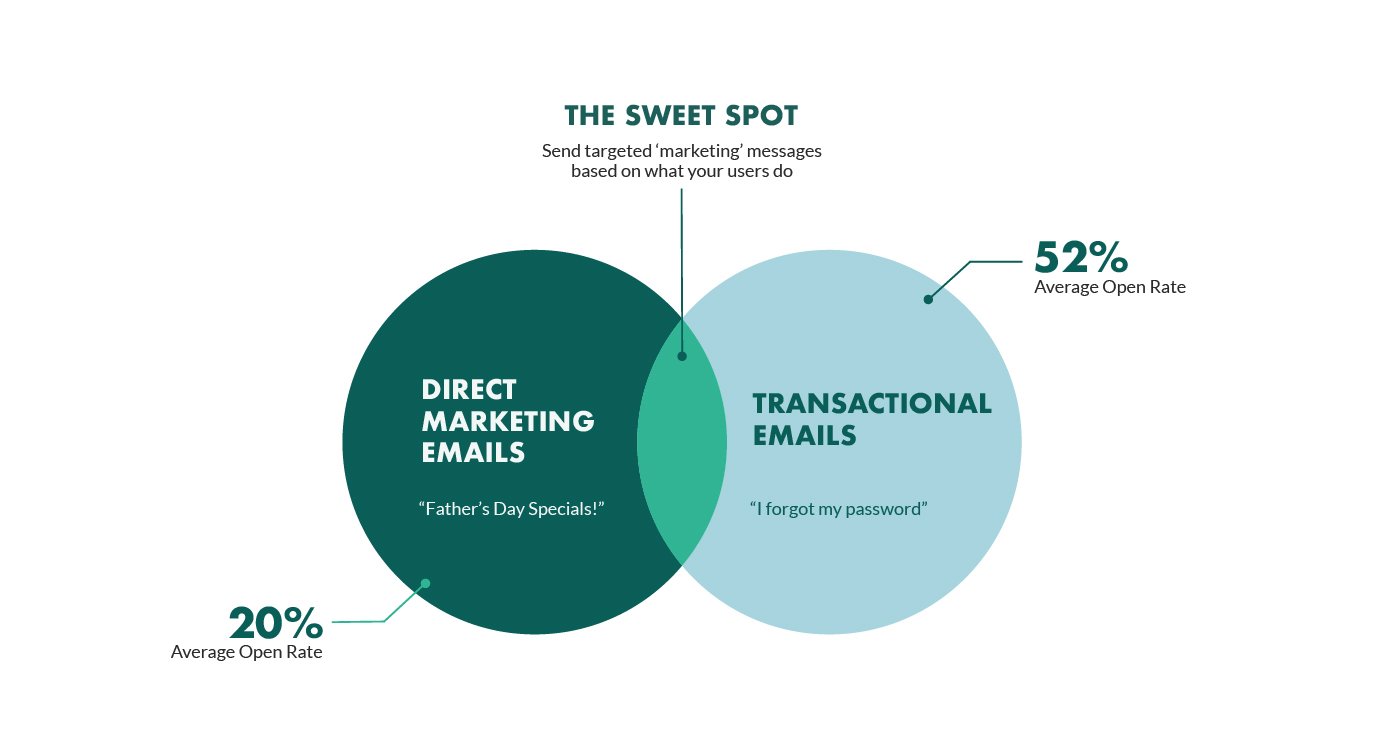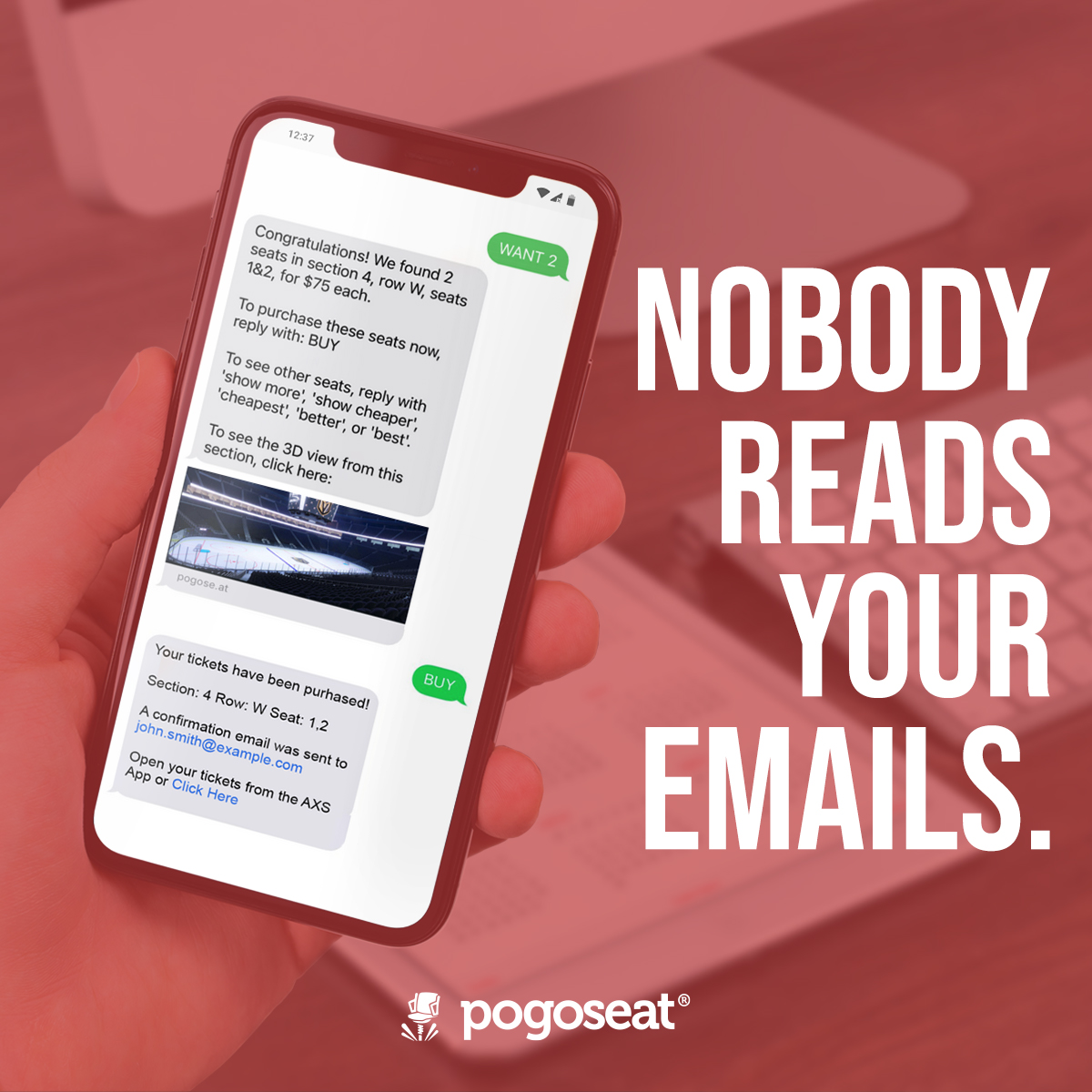Messaging is quickly outshining email marketing. Why?
Let’s explore the reasons behind this shift. Email marketing has long been a staple for businesses. Yet, messaging apps are now stealing the spotlight. People open messages more than emails. Why? Messages feel personal and immediate. They reach customers where they spend most of their time—on their phones.
With higher open rates and quicker responses, messaging apps are becoming the new favorite. Businesses see real-time interaction as a big win. As messaging platforms evolve, they offer more features, making them even more attractive. In this blog post, we’ll explore why messaging is outperforming email marketing and what this means for the future.
Rise Of Messaging Apps
Messaging apps have seen a significant rise in recent years. Their convenience, speed, and user-friendly interfaces make them a preferred choice. This trend has led to messaging outperforming email marketing in many ways.
Global Popularity
Messaging apps have a global reach. Millions of users access these apps daily. Popular platforms include WhatsApp, Facebook Messenger, and WeChat. These apps connect people across different countries. This global presence offers businesses a broad audience.
Emails, while still widely used, can’t match the rapid growth of messaging apps. The instant nature of messaging appeals to modern users. They want quick communication. Messaging apps deliver this efficiently.
User Engagement
Messaging apps boast high user engagement. Users check messages frequently throughout the day. This frequent interaction boosts open and response rates. Messages tend to be shorter and more direct. This format suits the quick consumption habits of today’s users.
Email marketing often struggles with low open rates. Many users ignore or delete promotional emails. They see them as spam. Messaging, on the other hand, feels more personal. It creates a direct line of communication. This personal touch enhances user engagement.
Instant Communication
In today’s fast-paced world, instant communication is crucial. Messaging apps are leading the way by providing immediate contact. Users crave speed, and messaging fulfills this need.
Real-time Interaction
Messaging apps offer real-time interaction. This means users can chat live. Conversations happen in the moment, making them feel more personal. Email lacks this real-time component, often leading to delays.
Messaging apps notify users instantly. This ensures messages are seen quickly. The immediate nature of messaging keeps users engaged and responsive. Businesses can address customer needs on the spot.
Quick Responses
Quick responses are a hallmark of messaging apps. Users expect fast replies. Messaging apps deliver this by facilitating instant back-and-forth communication. This speed builds trust and satisfaction.
Email often falls short in this area. Delayed responses can frustrate users. With messaging, businesses can resolve issues swiftly. This efficiency improves overall customer experience.
Higher Open Rates
In the world of digital marketing, messaging apps are outperforming email marketing. One key reason is their higher open rates. Most people check messages instantly, making them more effective in grabbing attention. Let’s explore why messaging apps have higher open rates compared to email marketing.
Immediate Attention
Messaging apps provide immediate attention. Notifications pop up on the screen, prompting users to check them right away. Emails, on the other hand, often sit unread in crowded inboxes.
Consider this: a study shows that 90% of text messages are read within three minutes of receipt. This quick response time makes messaging apps a more effective communication tool.
Improved Visibility
Messages have improved visibility compared to emails. Messaging apps are usually a primary mode of communication for many users. This means messages are more likely to be seen and read.
Emails can get lost among spam, promotions, and other clutter. Messaging apps, with their direct approach, ensure that your message gets the attention it deserves.
| Feature | Messaging | |
|---|---|---|
| Open Rate | 20% | 98% |
| Response Time | 90 minutes | 3 minutes |
| Delivery | Often delayed | Instant |
These statistics clearly show why messaging is outperforming email marketing. The numbers speak for themselves.
In summary, messaging apps capture immediate attention and provide improved visibility. These factors contribute to their higher open rates and overall effectiveness.

Credit: www.omnisend.com
Personalized Experience
Messaging apps are changing the game for marketing. They offer a more personalized experience compared to traditional email marketing. People love messages that feel personal and direct. This is where messaging apps truly shine. Let’s dive into how they achieve this.
Custom Messages
Custom messages are key in messaging apps. Each message can be tailored to the individual. This level of personalization is hard to achieve with emails.
- Messages can include the person’s name.
- They can reflect recent purchases.
- They can even mention specific interests.
This makes the recipient feel special. It shows that the brand knows and values them. This is a powerful way to build loyalty.
Targeted Campaigns
Messaging apps excel with targeted campaigns. These campaigns can be designed for specific groups. The groups can be based on:
- Age
- Location
- Past behavior
For example, a clothing store can send winter jacket promotions to users in cold areas. Or a cafe can promote new coffee flavors to regular customers. This level of targeting ensures that messages are relevant. Relevance increases the chances of engagement.
Here is a simple comparison table:
| Emails | Messaging Apps |
|---|---|
| Mass messages | Personalized messages |
| Generic offers | Targeted promotions |
| Low open rates | High open rates |
Clearly, messaging apps provide a more personalized experience. They use custom messages and targeted campaigns to engage users. This makes messaging a powerful tool for marketers.
Rich Media Features
Rich media features have become a pivotal reason why messaging surpasses email marketing. These features offer an engaging, interactive experience that emails often lack. Users find messages with rich media more appealing and easier to engage with. Let’s explore some of these rich media features.
Multimedia Support
Messaging platforms support various multimedia types, including images, videos, and GIFs. These elements capture attention quickly. They convey messages more effectively than plain text. Emails often struggle with multimedia support. Many email clients do not display images by default. This reduces the impact of multimedia content. Messaging apps, on the other hand, ensure that multimedia content is easily accessible. Users can view images and videos without additional steps.
Interactive Elements
Interactive elements in messaging make the user experience more dynamic. For example, polls and surveys can be integrated into messages. This allows users to participate directly. Buttons and quick replies can guide users to take specific actions. This includes making a purchase or visiting a website. These interactive features create a seamless experience. Users feel more engaged and are more likely to respond. In contrast, emails often require users to click on links, which can feel cumbersome.

Credit: www.superoffice.com
Cost-effective Strategy
Messaging apps offer a more cost-effective strategy compared to traditional email marketing. Businesses are always looking for ways to reduce costs. Messaging provides a solution. With lower costs and higher ROI, messaging is becoming the preferred choice for many companies.
Lower Costs
Messaging platforms often have lower costs than email marketing services. Email marketing requires design, development, and maintenance. These can be expensive. Messaging apps, on the other hand, are simpler. They need less design and fewer resources.
Many messaging apps offer free or low-cost options. This makes them accessible to small businesses. Lower costs allow businesses to allocate funds to other areas. This can lead to overall growth.
Higher Roi
Messaging apps often deliver higher ROI than email marketing. Open rates for messages are higher. People are more likely to read a message than an email. This leads to better engagement.
Higher engagement means better conversions. More conversions lead to increased revenue. The return on investment for messaging is often higher. This makes it an attractive option for businesses.
Businesses can also personalize messages. Personalized messages perform better. They make customers feel valued. This can lead to increased loyalty and repeat business.
Enhanced Security
Enhanced security is one of the main reasons messaging is outperforming email marketing. With the rise of digital threats, users seek safer ways to communicate. Messaging apps provide advanced security features that email platforms often lack. This ensures user data stays protected and secure.
Encrypted Messages
Messaging apps use encryption to protect messages. This means only the sender and receiver can read them. Hackers cannot easily intercept these messages. Email marketing, on the other hand, is more vulnerable. Emails can be intercepted and read by unintended parties.
User Privacy
Messaging apps prioritize user privacy. They require minimal personal information to create an account. Email marketing often requires more details. This can lead to privacy concerns. Messaging apps also allow users to control who can contact them. They can block unknown or unwanted contacts. This reduces the risk of spam and phishing attacks.
Future Trends
Messaging platforms have overtaken email marketing in recent years. This shift is due to several emerging trends. These trends show how messaging is becoming more effective than traditional email marketing.
Ai Integration
Artificial Intelligence is making messaging smarter. AI can automate responses, making communication faster. Bots can handle simple queries. This means better customer service at all hours. AI also helps in personalizing messages. Personalized messages engage users more effectively. This leads to higher conversion rates.
Omnichannel Approach
Brands are now using an omnichannel approach. This means integrating various messaging platforms. Customers receive messages on their favorite apps. This could be WhatsApp, Messenger, or others. Each platform has unique features. Brands can use these to their advantage. Consistency across platforms improves user experience. It keeps customers engaged and loyal.

Credit: www.tealhq.com
Frequently Asked Questions
What Makes Messaging Better Than Email Marketing?
Messaging provides instant communication and higher open rates than email marketing. It engages users more effectively due to its immediacy.
How Does Messaging Improve Customer Engagement?
Messaging offers real-time interaction, leading to higher response rates and better customer satisfaction. It creates a personal connection.
Are Open Rates Higher For Messaging Or Email?
Messaging typically has higher open rates compared to email. Users are more likely to read messages promptly.
Can Messaging Enhance Conversion Rates?
Yes, messaging can enhance conversion rates. It provides timely, personalized interactions that can drive quicker decision-making.
Conclusion
Messaging clearly outshines email marketing in today’s fast-paced world. Its quick response times and personal touch make it more effective. People prefer instant communication over waiting for emails. Higher open rates and engagement levels prove this shift. Businesses must adapt to stay relevant.
Incorporate messaging into your strategy for better results. It’s about meeting customers where they are. Start integrating messaging tools today. This approach enhances customer satisfaction and boosts your marketing success. Don’t overlook the power of messaging. It’s the future of effective communication.


Leave a Reply